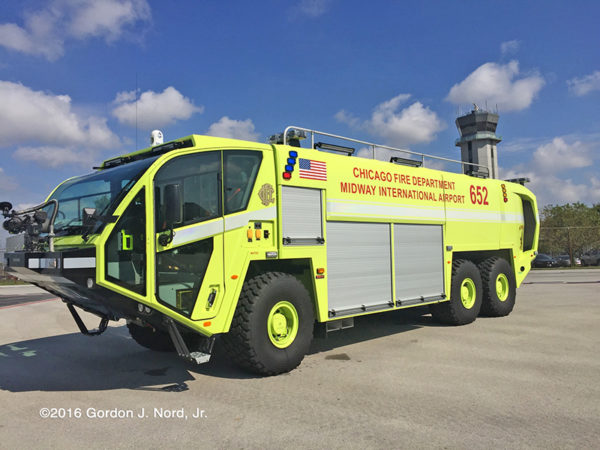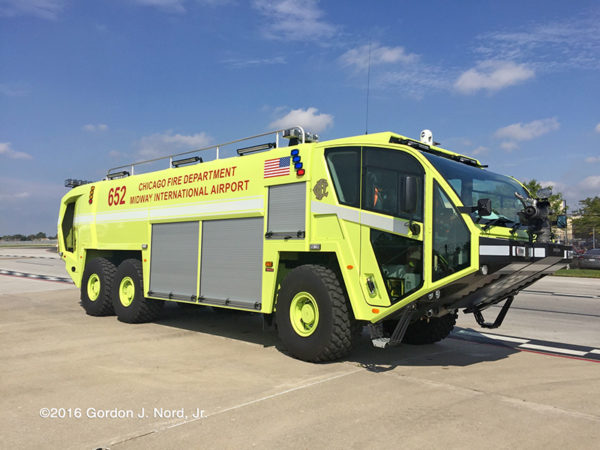Excerpts from the reporteronline.com:
The Chicago Ridge village board voted unanimously to approve a three-year contract on Aug. 15 with firefighters.
“Because of the very positive labor/management relationship, we were able to negotiate a three-year extension of the current contract,” said Fire Chief George Sheets. So the new agreement will be in effect through 2020.
“This contract was negotiated by labor and management, and without attorneys. This alone, saved the Chicago Ridge taxpayers thousands of dollars,” he said.
International Association of Firefighters Local 3098 Union President Chris Schmelzer, who has held that position since 2000, said in a prepared statement that this negotiation was the most amicable, most productive, and least stressful I have ever been a part of.
He said the agreement represents cooperation between labor and management on a scale that we have never enjoyed. He said it literally has something for everyone, and will allow firefighters to serve the residents and visitors to Chicago Ridge for years to come, all while maximizing the productivity of the fire department as a whole.
In a related matter later in the meeting, the board also approved the purchase of a replacement ambulance, a 2016 Ford F450 Demo.

































An editorial on EMS and active shooter incidents
Aug 30
Posted by Admin in Commentary, Fire Service News | 3 Comments
Excerpts from the Washingtonpost.com:
Tags: E. Reed Smith medical director of the Arlington County Fire Department, EMS and active shooter incidents